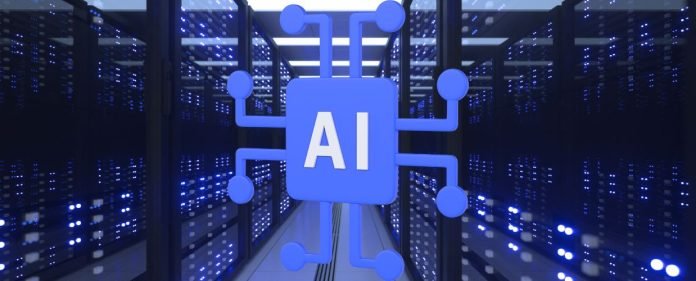In an era dominated by artificial intelligence (AI) and automation, the issue of bias in AI algorithms has emerged as a profound and pressing concern. As AI systems increasingly influence decisions that impact our lives, the inadvertent perpetuation of bias within these systems poses ethical, social, and even legal challenges. In this article, we delve into the significance of bias in AI, its far-reaching consequences, and the strategies required to mitigate its impact and ensure equitable and fair algorithms.
The Significance of Bias in AI: A Threat to Equity and Justice
Bias in AI refers to systematic and unfair discrimination within the decisions and predictions made by AI algorithms. These biases can stem from historical inequalities present in the data used to train AI models, as well as the design and implementation choices made by developers. The significance of bias in AI lies in its potential to perpetuate and exacerbate societal disparities and prejudices.
As AI systems make decisions in hiring, lending, criminal justice, and healthcare, bias can lead to unfair outcomes, reinforcing systemic inequalities and deepening societal divisions. Ensuring fairness and equity in AI-driven decision-making is not only an ethical obligation but also crucial for maintaining trust in these systems.
Bias in AI’s Influence: From Healthcare to Criminal Justice
The impact of bias in AI is felt across diverse domains, underscoring the urgency of addressing this challenge.
Healthcare
Bias in AI can lead to disparities in medical diagnoses and treatment recommendations. If AI algorithms are trained on biased data, they may deliver inaccurate or unfair healthcare predictions, disproportionately affecting marginalized communities.
Criminal Justice
Bias in predictive policing algorithms can lead to over-policing in certain neighborhoods, contributing to racial profiling and reinforcing existing biases within the criminal justice system.
Recruitment
Bias in AI hiring tools can result in discriminatory hiring practices that disadvantage certain demographic groups. If training data is skewed towards certain types of candidates, the algorithm may perpetuate these biases in its recommendations.
Challenges and Considerations: Unmasking and Mitigating Bias
Addressing bias in AI presents a multifaceted challenge that requires a nuanced and comprehensive approach. One central challenge is identifying and quantifying bias within AI systems. Bias may be subtle and difficult to detect, requiring sophisticated uncovering techniques. Additionally, mitigating bias without sacrificing accuracy is a complex endeavor, as trade-offs between fairness and performance may arise.
Furthermore, determining what constitutes fairness in AI decisions is not a straightforward task. Different definitions of fairness—such as statistical parity, equal opportunity, and disparate impact—may be applicable in different contexts. Striking the right balance between different fairness metrics is a matter that demands careful consideration.
Maximizing Impact: Navigating the Future of Fair AI
As we navigate the evolving landscape of AI, several strategies can ensure that bias is mitigated and fair AI systems are developed.
Diverse and Representative Data
Ensuring that training data is diverse and representative of the populations it will impact is critical. Curating datasets that accurately reflect the world’s complexity helps reduce bias that can emerge from skewed data sources.
Bias Detection and Mitigation Techniques
Employing state-of-the-art techniques to identify and mitigate bias in AI systems is essential. Regular audits and sensitivity analysis can help uncover and address hidden biases, ensuring equitable outcomes.
Interdisciplinary Collaboration
Effective collaboration between data scientists, domain experts, ethicists, and affected communities is vital. By pooling expertise from various disciplines, AI systems can be developed that better account for the complexity of bias-related challenges.
Conclusion
Bias in AI is not a challenge that can be overlooked or underestimated. It demands our collective attention, as its consequences touch every facet of society, from healthcare and education to law enforcement and finance. The ethical imperative to ensure that AI systems do not amplify existing inequalities cannot be understated.
The journey to fair and ethical AI requires a commitment to continuous learning, interdisciplinary collaboration, and transparency in decision-making. By acknowledging bias as a systemic issue that necessitates collective action, we can navigate the challenges of developing AI systems that treat individuals equitably, regardless of their background.
In the ongoing narrative of AI advancement, addressing bias is a chapter that underscores our responsibility to ensure technology is a force for good. By fostering collaboration, embracing ethical considerations, and valuing diversity in data and decision-making processes, we can harness the potential of AI to create a world where algorithms serve as tools of empowerment and equity rather than perpetrators of bias.



